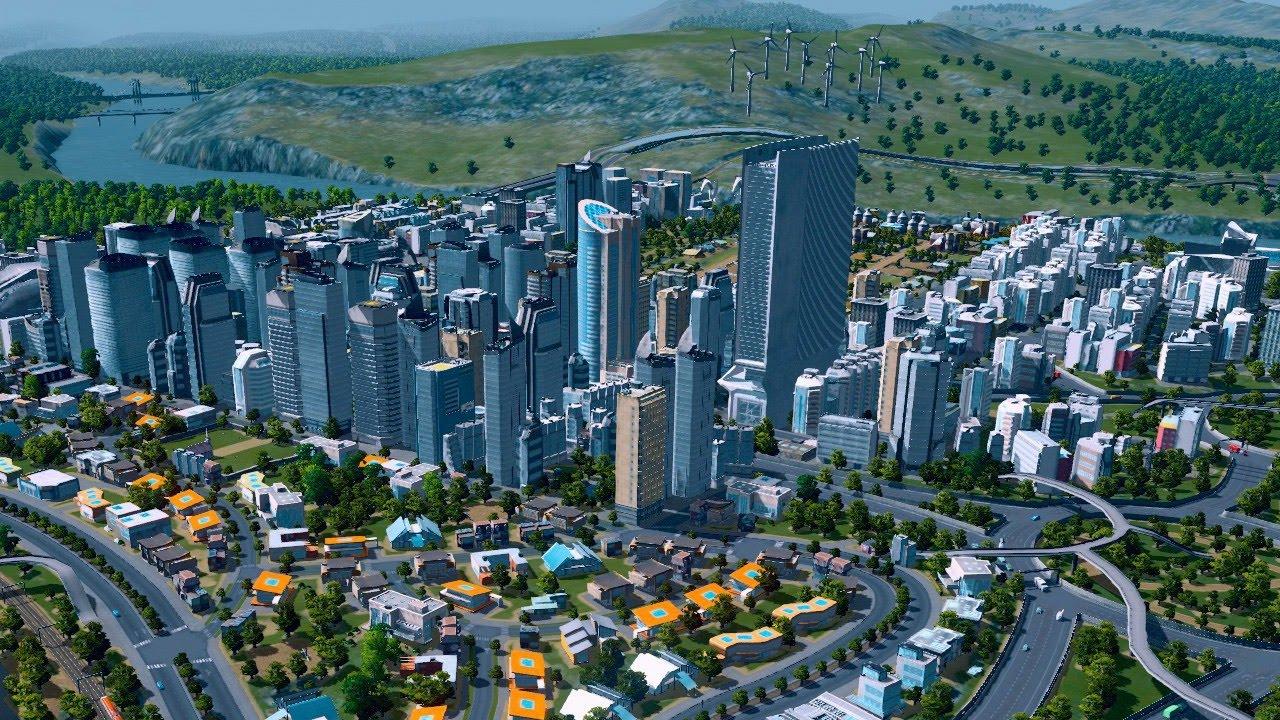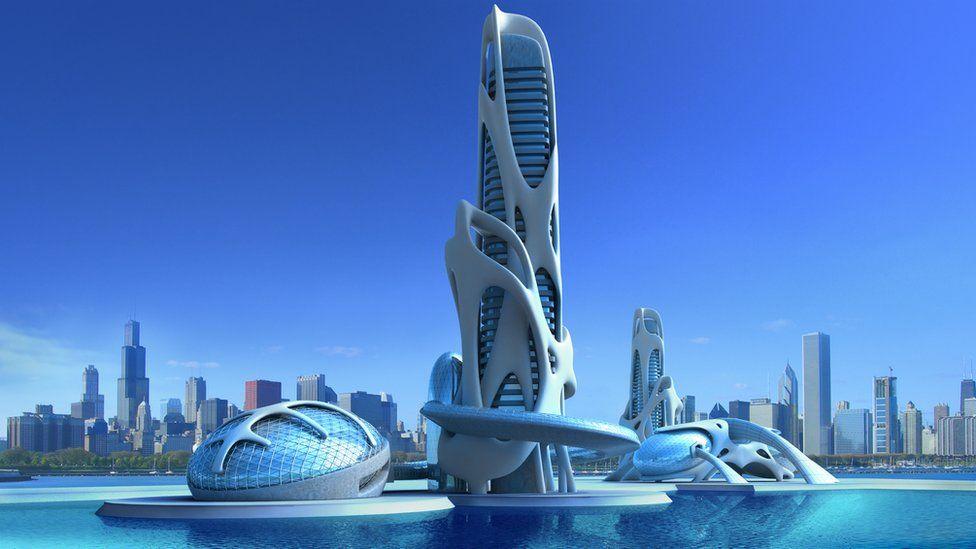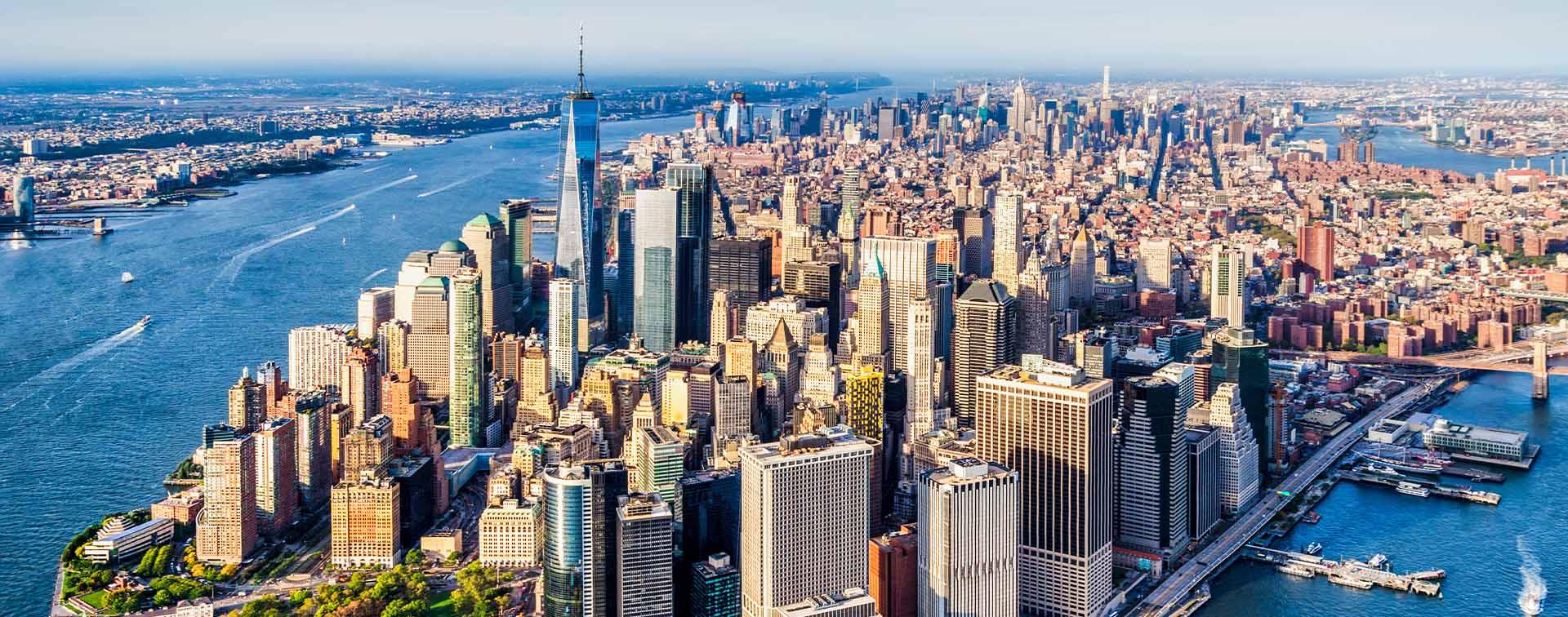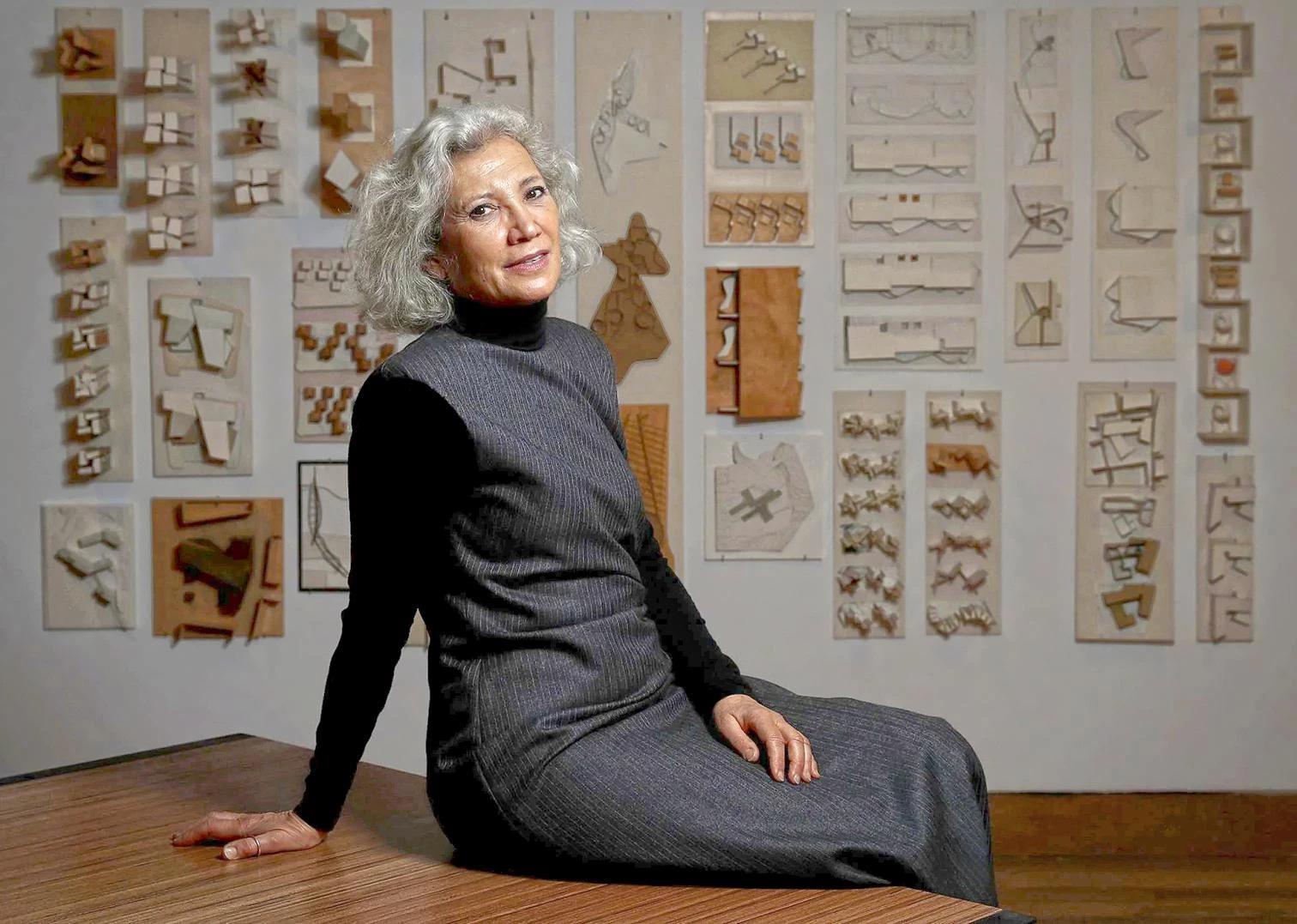Virtual Reality Is Creating A Paradigm Shift In The Architecture World
- 6 May 2023
- By Deshal Shah

Virtual reality is creating a paradigm shift in the physical world. This new world with artificial intelligence changes the conduct of our real life. The rise of digital currencies and the virtual world, has caused the architects and designers to reconsider the idea of spaces. Be it in the virtual world or the real. The front line of the virtual reality requires spaces in physical world where one can experience the new opportunities of virtual world.
The changing face of architecture
The future of architecture and design, Bjarke Ingles once said, won’t be about substance or form but about relationships. He’s talking about a world where our buildings don’t just serve a physical purpose—they also have a role to play in supporting digital experiences and creating new digital realities. In an era where more and more people are interacting with 3D models as if they were physical structures, architects are starting to build for both real-world and virtual inhabitants.
In recent years, we’ve shifted from designing physical architecture to designing virtual experiences. Businesses across industries are creating digital products and services, but it doesn’t mean they’re shunning real-world buildings altogether. In fact, many are finding new ways to blend these two realities through augmented reality, creating hybrid reality environments where physical and digital objects coexist seamlessly in our daily lives.

Digital experiences are becoming more real
Virtual and augmented reality aren’t just for video games anymore. The technology behind digital experiences like Pokémon Go are creating changes in architecture and urban planning, as well as new business opportunities. The immersive new technologies like the Metaverse offer new dimensions of technological escapism.
Virtual world can shift our perceptions about physical space, reshape traditional design and development processes, and alter both how we interface with our surroundings and how we interact with each other. As these technologies evolve, they’re having a growing impact on architecture.
With Google's Tilt Brush, you can actually create 3D drawings and models in virtual reality. The application lets you walk around your creation as if it were truly there. And because it’s virtual reality, there are no limitations to what you can create.
Oculus Rift headset enables you to be inside VR games, watch movies, etc. where users can immerse themselves into the virtual world like never before.
Microsoft HoloLens is able to blend physical and digital objects, you can see them together, you can interact with them and you can use both together to solve real-world problems. We’re only at the beginning of what we’ll be able to do using mixed reality.

Physical spaces that support virtual world
There are some architectural firms working on physical spaces that support virtual reality, while most companies are yet to figure out how to make real-world spaces act as digital experiences. There is no infrastructure in place for VR. VR doesn’t require a whole new infrastructure; but Esports have started making spaces suitable for augmented reality. It requires smart use of technology already available to us and design strategies that understand digital and physical realities as separate but connected worlds. Such venues would need infrastructure for high-speed internet, advanced technology structures, viewing stations and powerful server rooms. Virtual reality demands new ways of designing for our physical world; that means embracing both digital and physical design principles.
Conclusion
Virtual reality (VR) and augmented reality (AR) have been around for decades, but were used as gimmicks to enhance games. But things are changing. The potential uses for AR/VR are endless; enterprise solutions are already out for public.
Recently Published
loves or pursues or

.jpg)







.jpg)